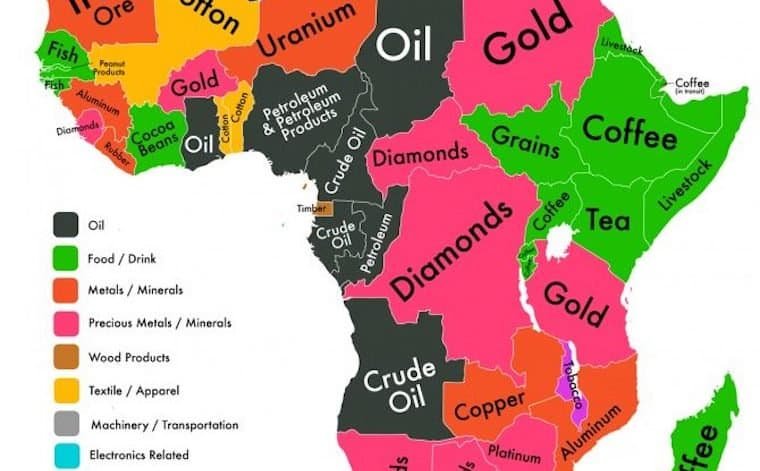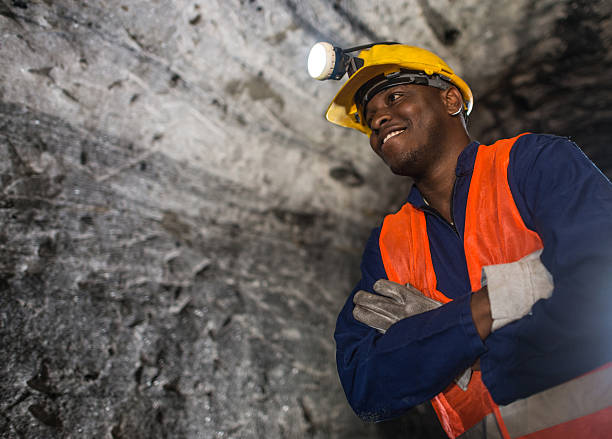Africa Mining Handbook

The Africa Mining Handbook is an essential resource for anyone involved in or interested in the dynamic and rapidly evolving mining sector across Africa. As one of the world’s richest continents in natural resources, Africa holds vast reserves of gold, cobalt, copper, lithium, platinum, diamonds, industrial minerals, and critical raw materials vital to the global energy transition.
This handbook provides a strategic overview of:
- Key mining nations
- Regulatory frameworks
- Major mineral deposits
- Investment climate
- Sustainability challenges
- Infrastructure and supply chain insights
Whether you’re an investor, engineer, policymaker, or corporate planner, this guide helps you navigate Africa’s complex but rewarding mining landscape.
🌍 Africa’s Mineral Wealth at a Glance
Africa accounts for a significant share of global mineral production:
| Cobalt | Democratic Republic of Congo (DRC) | ~70% |
| Platinum Group Metals (PGMs) | South Africa | ~75% |
| Diamonds | Botswana, DRC, Angola | >40% |
| Gold | Ghana, South Africa, Mali, Burkina Faso | ~20% |
| Copper | DRC, Zambia | Rising output |
| Lithium | Zimbabwe, Namibia, Mali | Emerging hub |
| Bauxite | Guinea, Ghana | Guinea = #1 in Africa |
| Industrial Minerals | South Africa, Egypt, Morocco | Limestone, phosphate, kaolin |
These resources position Africa as a strategic player in the green economy , especially for EV batteries, solar tech, and renewable infrastructure.

⛏️ Leading Mining Nations in Africa
1. South Africa
- Legacy leader in gold, PGMs, chrome, vanadium
- Mature regulatory system (MPRDA)
- Strong infrastructure but faces power and labor challenges
2. Democratic Republic of the Congo (DRC)
- World’s top cobalt producer
- Expanding copper and lithium projects
- High potential with governance and artisanal mining concerns
3. Ghana
- Africa’s largest gold producer
- Stable pro-mining policies
- Growing focus on local content and value addition
4. Zambia
- Major copper belt (with DRC)
- Government pushing for beneficiation and refining
5. Guinea
- Home to world’s largest bauxite reserves
- Developing aluminum smelting capacity
6. Namibia & Zimbabwe
- Lithium boom : Hard-rock spodumene projects attracting global investors
- Transparent licensing and growing exploration activity

📚 What’s Inside the Africa Mining Handbook?
A comprehensive Africa Mining Handbook typically includes:
✅ Country Profiles : Licensing, taxes, environmental rules, and community engagement requirements
✅ Mineral Sector Reviews : Reserves, production trends, and future outlook
✅ Legal & Tenure Systems : How to secure exploration and mining rights
✅ Infrastructure Maps : Rail, port, power, and water access by region
✅ Investment Incentives : Tax breaks, special economic zones (SEZs)
✅ Artisanal and Small-Scale Mining (ASM) : Regulation and formalization efforts
✅ ESG & Sustainability Standards : Reclamation, biodiversity, and social license to operate
✅ Health & Safety Guidelines : Best practices for operations
✅ Trade & Export Procedures : Customs, certification, logistics
Many editions are published annually by organizations like:
- Society for Mining, Metallurgy & Exploration (SME)
- Mining Journal Books
- Government ministries (e.g., South Africa’s DMRE)
- Private consultancies specializing in African resources

❓ Frequently Asked Questions (FAQs)
Q: Where can I download the Africa Mining Handbook PDF?
A: While full versions are often copyrighted, you can purchase the latest edition from publishers like SME , Mining Journal , or access summaries via national mining departments and trade associations.
Q: Is Africa safe for mining investment?
A: Risk varies by country. Nations like Botswana, Namibia, Ghana, and Senegal are considered low-risk with stable governments. Others require careful due diligence on political, security, and regulatory factors.
Q: How important is sustainability in African mining today?
A: Extremely. Investors and governments now prioritize ESG compliance, land rehabilitation, community development, and clean energy integration in new projects.
Final Thoughts
The Africa Mining Handbook is more than just a reference — it’s a roadmap to opportunity, responsibility, and innovation across a continent poised to power the future.
As demand grows for critical minerals behind electric vehicles, wind turbines, and digital technologies, Africa’s role will only expand. With the right knowledge, partnerships, and ethical approach, stakeholders can unlock value that benefits both business and communities.

